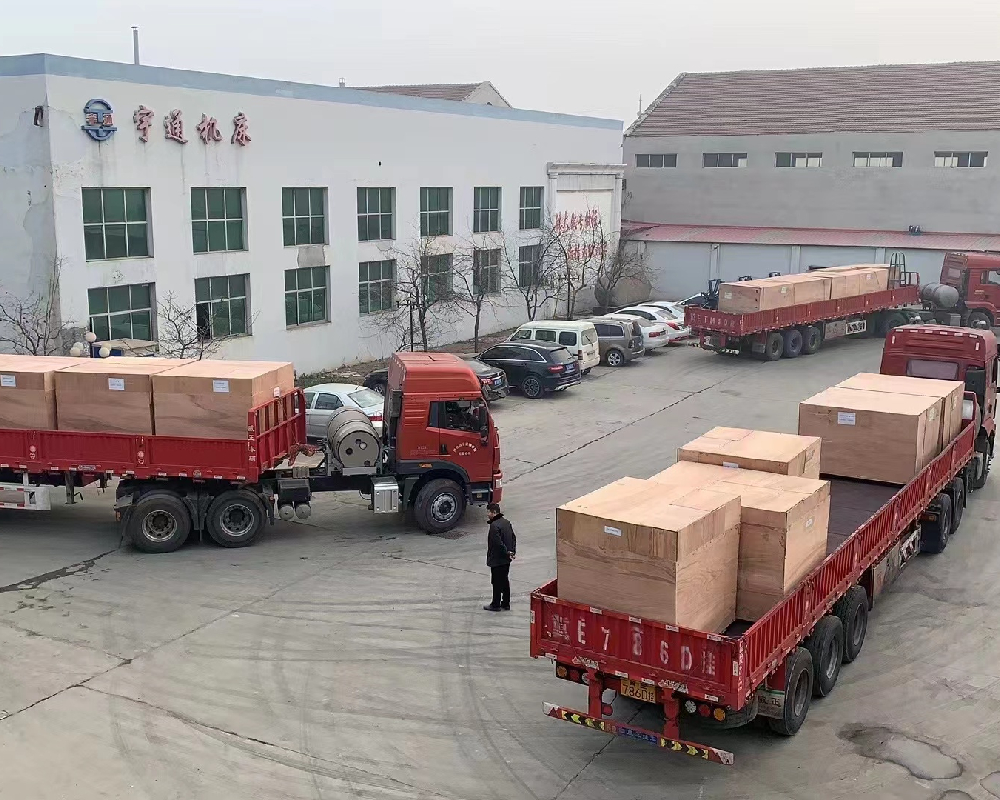
-
 Afrikaans
Afrikaans -
 Albanian
Albanian -
 Amharic
Amharic -
 Arabic
Arabic -
 Armenian
Armenian -
 Azerbaijani
Azerbaijani -
 Basque
Basque -
 Belarusian
Belarusian -
 Bengali
Bengali -
 Bosnian
Bosnian -
 Bulgarian
Bulgarian -
 Catalan
Catalan -
 Cebuano
Cebuano -
 Corsican
Corsican -
 Croatian
Croatian -
 Czech
Czech -
 Danish
Danish -
 Dutch
Dutch -
 English
English -
 Esperanto
Esperanto -
 Estonian
Estonian -
 Finnish
Finnish -
 French
French -
 Frisian
Frisian -
 Galician
Galician -
 Georgian
Georgian -
 German
German -
 Greek
Greek -
 Gujarati
Gujarati -
 Haitian Creole
Haitian Creole -
 hausa
hausa -
 hawaiian
hawaiian -
 Hebrew
Hebrew -
 Hindi
Hindi -
 Miao
Miao -
 Hungarian
Hungarian -
 Icelandic
Icelandic -
 igbo
igbo -
 Indonesian
Indonesian -
 irish
irish -
 Italian
Italian -
 Japanese
Japanese -
 Javanese
Javanese -
 Kannada
Kannada -
 kazakh
kazakh -
 Khmer
Khmer -
 Rwandese
Rwandese -
 Korean
Korean -
 Kurdish
Kurdish -
 Kyrgyz
Kyrgyz -
 Lao
Lao -
 Latin
Latin -
 Latvian
Latvian -
 Lithuanian
Lithuanian -
 Luxembourgish
Luxembourgish -
 Macedonian
Macedonian -
 Malgashi
Malgashi -
 Malay
Malay -
 Malayalam
Malayalam -
 Maltese
Maltese -
 Maori
Maori -
 Marathi
Marathi -
 Mongolian
Mongolian -
 Myanmar
Myanmar -
 Nepali
Nepali -
 Norwegian
Norwegian -
 Norwegian
Norwegian -
 Occitan
Occitan -
 Pashto
Pashto -
 Persian
Persian -
 Polish
Polish -
 Portuguese
Portuguese -
 Punjabi
Punjabi -
 Romanian
Romanian -
 Russian
Russian -
 Samoan
Samoan -
 Scottish Gaelic
Scottish Gaelic -
 Serbian
Serbian -
 Sesotho
Sesotho -
 Shona
Shona -
 Sindhi
Sindhi -
 Sinhala
Sinhala -
 Slovak
Slovak -
 Slovenian
Slovenian -
 Somali
Somali -
 Spanish
Spanish -
 Sundanese
Sundanese -
 Swahili
Swahili -
 Swedish
Swedish -
 Tagalog
Tagalog -
 Tajik
Tajik -
 Tamil
Tamil -
 Tatar
Tatar -
 Telugu
Telugu -
 Thai
Thai -
 Turkish
Turkish -
 Turkmen
Turkmen -
 Ukrainian
Ukrainian -
 Urdu
Urdu -
 Uighur
Uighur -
 Uzbek
Uzbek -
 Vietnamese
Vietnamese -
 Welsh
Welsh -
 Bantu
Bantu -
 Yiddish
Yiddish -
 Yoruba
Yoruba -
 Zulu
Zulu
Types of Thread Rolling in ODM Manufacturing Processes
Understanding the Different Types of Thread Rolling in ODM
Thread rolling is a manufacturing process that produces threads on cylindrical parts, commonly used in the production of fasteners and various components. This method is favored in modern manufacturing due to its efficiency and the enhanced mechanical properties of the resulting threads. In the domain of Original Design Manufacturing (ODM), understanding the different types of thread rolling is crucial to select the appropriate method based on the design specifications and operational needs.
Types of Thread Rolling
1. Flat Die Thread Rolling In flat die thread rolling, the workpiece is placed between two flat dies with the threaded profile engraved on their surfaces. The dies move towards each other, compressing the material and forming the threads. This method is suitable for short production runs and allows for high precision, making it ideal for intricate designs where tight tolerances are required.
2. Cylindrical Die Thread Rolling This technique employs cylindrical dies that rotate around the workpiece. The thread profile is created as the dies move along the length of the part. This method is more suited for longer production runs and is efficient for creating standard thread sizes. It allows for continuous operation, which enhances productivity and reduces manufacturing costs.
3. Roll Forming While similar to thread rolling, roll forming involves creating shapes from strips of metal. This process is often used in conjunction with thread rolling to add features or finalize the product's design. Roll forming can enhance the strength of the threaded part through work-hardening, making it a valuable technique when the durability of the fastener is crucial.
4. Multi-Station Thread Rolling In this advanced technique, multiple thread rolling operations occur in a single machine setup. This approach can improve production efficiency by reducing the handling time and increasing the output per cycle. Multi-station thread rolling is particularly advantageous in high-volume production environments where uniformity and speed are vital.
odm types of thread rolling

Benefits of Thread Rolling in ODM
One of the primary advantages of thread rolling is the improvement in the mechanical properties of the threaded parts. The cold working process during thread rolling enhances the grain structure of metals, resulting in increased strength and fatigue resistance. This characteristic is particularly beneficial in applications where fasteners are exposed to high stress or dynamic loads.
Moreover, thread rolling produces little to no waste material compared to other methods like cutting or machining. This efficiency not only reduces costs associated with raw materials but also minimizes environmental impact, aligning with the sustainability goals prevalent in many ODM partnerships.
Thread rolling also offers superior dimensional accuracy and surface finish, which can be crucial for components that require a high degree of precision. This quality translates into better fit and function in the final application, which is an essential aspect of ODM services.
Conclusion
In conclusion, understanding the various types of thread rolling and their applications is essential for businesses engaged in ODM. By selecting the right method, manufacturers can optimize production efficiency, enhance product quality, and ultimately meet the diverse needs of their clients in different industries. The choice of thread rolling type can significantly influence the success of a project, making it imperative for ODM providers to stay informed about advancements and best practices in this field.
